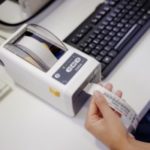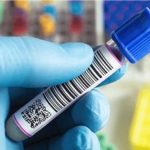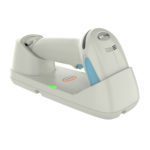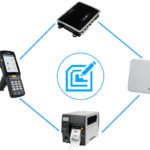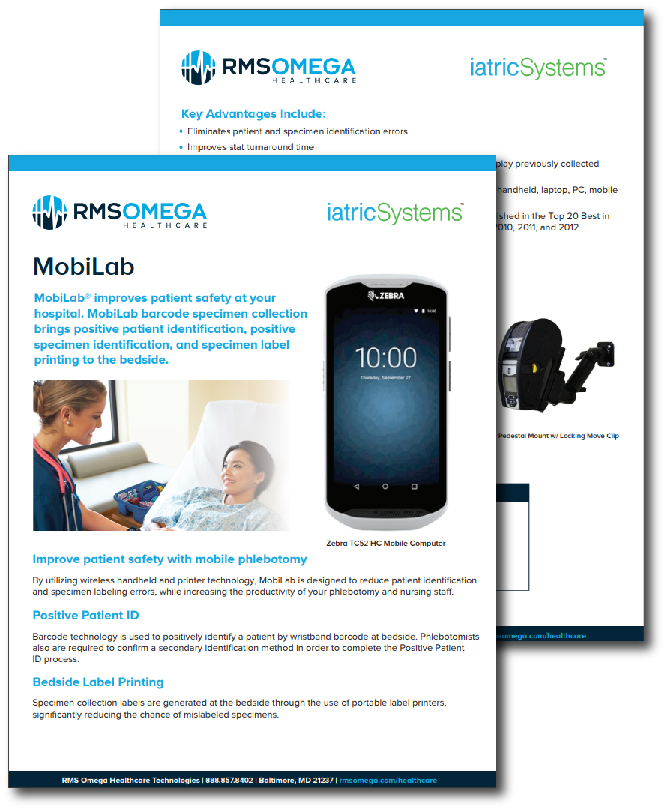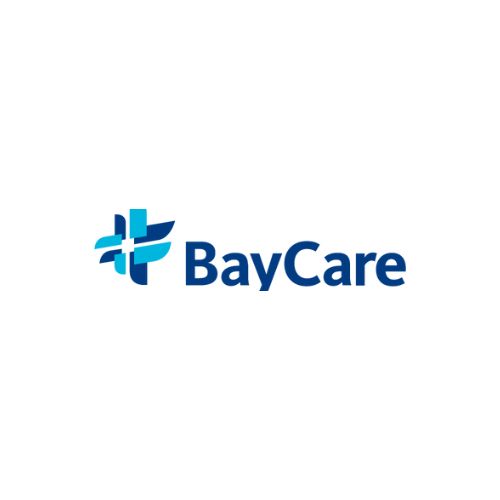Specimen Collection & Phlebotomy Solutions

Histology and specimen collection are twofold processes. First, samples are taken from the patient after they are positively identified at the point of care. After that, lab facilities test the samples to inform diagnosis and appropriate treatment.
Barcode sample collection and tracking provide various benefits to both healthcare facilities and patients. On the one hand, the accuracy of patient diagnosis and testing is markedly improved. On the other hand, healthcare facilities and labs can eliminate mix-ups – creating more efficient and accurate workflows.
Step 1: Collection At The Point of Care
Each step of the histology process has its own accuracy challenges, whether it is blood, tissue, or other specimens that are being collected for testing. When phlebotomists go on their rounds, they go to a patient’s bedside and draw a specimen sample to send to the laboratory. This process requires both accurate patient identification and labeling of the specimen to ensure success.
Step 2: Lab Testing & Diagnostics
Next, the specimen is processed at a laboratory where more potential errors can happen. Due to the large volume of vials and test tubes that go in and out of labs, it is important to have a specimen collection solution that enforces the following for patient safety and compliance: 
- Stringent protocol to eliminate any mix-up in reporting results.
- Ability to incorporate the label technology into the larger lab information systems to track progress when testing specimens.
- Durability to withstand environmental factors such as moisture, chemicals, and extreme temperatures can degrade identifying labels.
Benefits of Barcode Specimen Collection
Proper handling of specimens in healthcare is essential. Using technology to aid specimen collection, healthcare providers can expect:
- Increased Patient Safety – reduce labeling and patient ID errors by taking specimen labeling with the staff member to the site of collection.
- Improved Turn-Around Time – when specimens arrive at the laboratory properly labeled, this reduces the time that lab staff spends processing collected samples.
- Increased Productivity – staff’s time is saved when labeling is done at the site of collection rather than taking the sample to a central workstation


